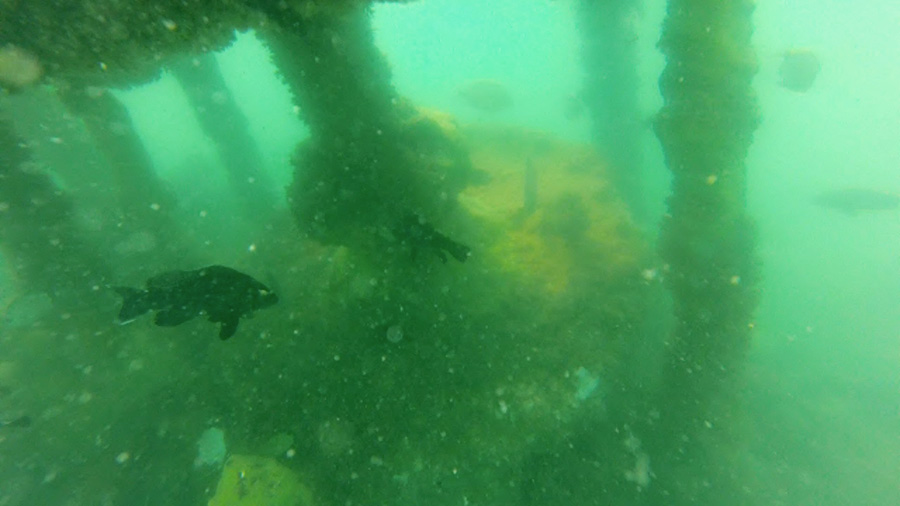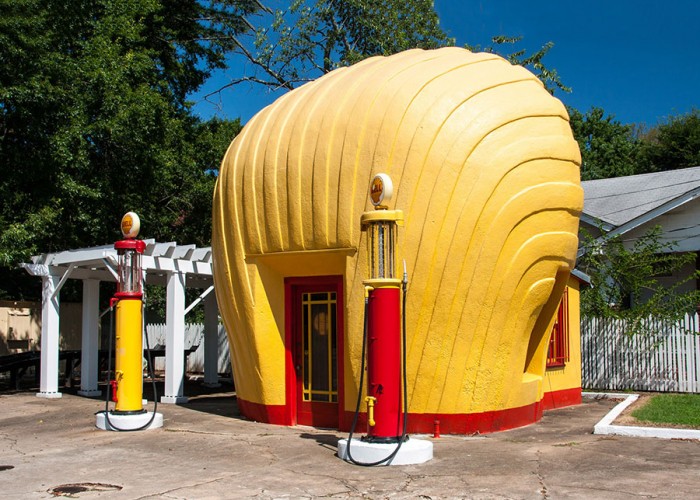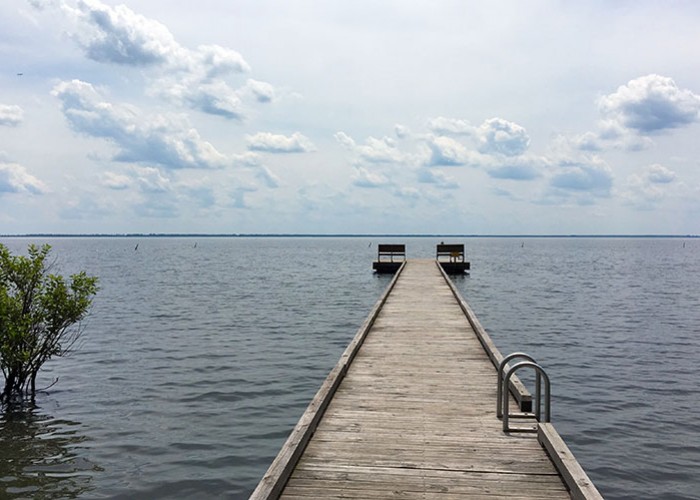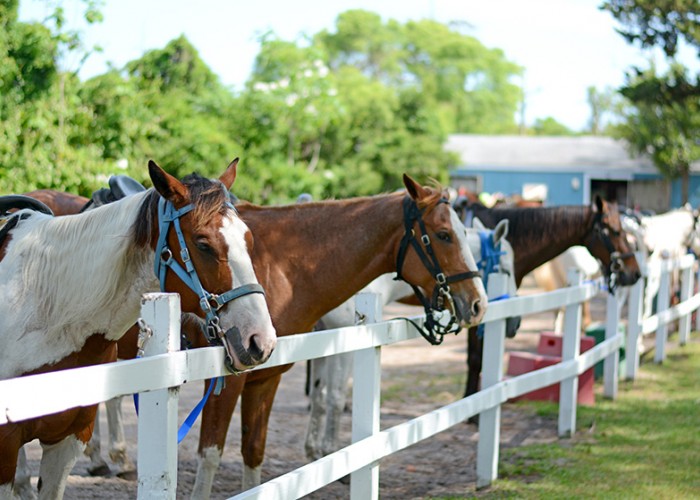Dive into Maritime History
Visit a blockade runner where she’s rested for 150 years
By Michele Walker | Photos courtesy of NC Department of Natural and Cultural Resources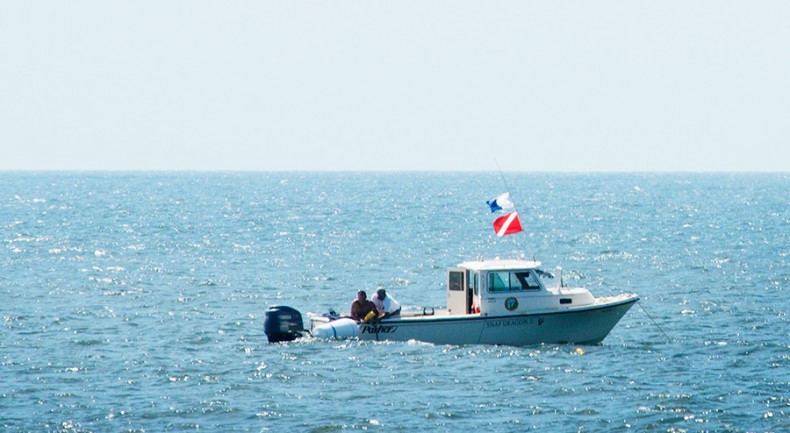
Dive boat Snapdragon sinks buoys that will mark the site for divers.
There are nearly 5,000 shipwrecks off the coast of North Carolina — there’s a reason our coast is known as the “Graveyard of the Atlantic.” These sunken treasures provide a unique view of our state’s maritime history. What better way to preserve and honor that history than by creating an underwater museum?
Last summer, the NC Department of Natural and Cultural Resources dedicated its first Heritage Dive Site, the wreck of the Civil War blockade runner Condor, just off the coast of Fort Fisher. It’s a unique in-sea museum waiting for divers to explore.
Fateful voyage
A little more than 150 years ago, the Condor sailed for Wilmington on her maiden voyage with her cargo and an illustrious passenger, Confederate spy Rose O’Neal Greenhow. Steaming through a line of Union Navy vessels blockading the port of Wilmington, the Condor ran aground and sank on the night of October 1, 1864.
Fearing capture and possible execution by Union leaders, Greenhow insisted on being rowed ashore, despite the vehement protests of the ship’s officers. A volunteer small-boat crew finally attempted to row her ashore, but rough seas and breaking waves capsized the boat, and she drowned. She is buried in Oakdale Cemetery in Wilmington.
A shallow resting place
The Condor rests in about 25 feet of water, roughly 700 yards off the beach in front of the North Carolina Aquarium at Fort Fisher. The almost-complete 218-foot-long wreckage is easily accessible by snorkelers or divers.
The site sits in a relatively shallow, rocky bed, and the main structure of the wreck is only 21 feet below the water surface, while parts of her machinery are only 13 feet below. This would normally mark the site with a beginner’s rating. However, the sometimes-murky water in the near-shore area, along with the 150-year-old iron that divers encounter on the wreckage, makes this site a slight step above beginner.
The Condor has been fully mapped and marked with directional signs so that divers can easily find the vessel’s full lower hull, engines, paddle wheels and boilers, which are all still in place. Dive slates have been created for the site, which provide divers with the ability to take a self-guided tour around the complete wreck. The slates are currently available from the Underwater Archaeology Branch (bit.ly/NCR-underwater), located in Kure Beach.
The site is open for divers from June through November, and is marked with surface buoys, travel lines and feature tags.
Diving history
The Condor is the first step in a planned Heritage Dive Trail to help the public explore other North Carolina shipwrecks. The next Heritage Dive Site might also be in the Kure Beach area — the wreckage of the USS Peterhoff, a British vessel seized by the Union Navy to help with the blockade of the port of Wilmington midway through the Civil War. More sites are planned along the NC coast in the next four to five years.
When visiting the site, please remember to “take only pictures, leave only bubbles.”
Historical Wreck Diving
There are no scheduled dives on the Condor site. Diving on the site is on your own, but local dive shops may provide guides and equipment. Learn more at bit.ly/NCR-divesites. Wilmington area dive shops include:
Aquatic Safaris
diver@aquaticsafaris.com | 910-392-4386 | [map![]() ]
]
Patriot Dive Center
patriotdivecenter.com | 910-399-2814 | [map![]() ]
]
Scuba Now
scuba-now.com | 910-395-5111 | [map![]() ]
]
About the Author
Michele Walker is the public information officer for the NC Department of Natural and Cultural Resources, the state agency that oversees North Carolina’s state-owned museums, parks, historic sites, archives, zoo and aquariums.-
More travel ideas around the NC coastal region
-
Share this story:

